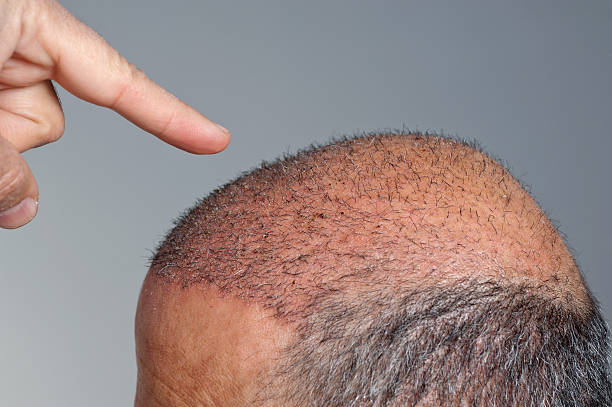Unveiling the Truth about Hair Transplant: A Comprehensive Guide
Hair transplant surgery has been a revelation in the field of cosmetic treatments, gaining prominence over the past few decades. From sporting icons to Hollywood celebrities, many have publicly endorsed their successful hair transplant procedures, contributing to the increasing acceptance and normalization of this cosmetic solution. However, as with any surgical procedure, hair transplantation comes with its own set of myths, misconceptions, and realities. This article will delve into the past, present, and future of hair transplant surgery, shedding light on its effectiveness, potential risks, and advancements.

Tracing the Roots: The History of Hair Transplant Surgery
Hair transplant surgery has a surprisingly long history, with the first successful procedure recorded in the 1930s in Japan. Norman Orentreich, a dermatologist from New York, is credited with popularizing the procedure in the West in the 1950s. Orentreich’s groundbreaking theory of ‘donor dominance’ postulated that hair follicles from certain areas of the head, when transplanted to balding regions, would retain their capacity for growth. This theory laid the foundation for modern hair transplant procedures.
Over the decades, techniques have evolved from rudimentary plug grafts to the sophisticated Follicular Unit Transplantation (FUT) and Follicular Unit Extraction (FUE) methods we see today. These techniques have dramatically improved the natural appearance and success rate of hair transplants.
Unraveling the Process: How Does Hair Transplant Work?
Hair transplant surgery involves the relocation of hair follicles from a ‘donor site’ - usually the back or sides of the head - to the thinning or balding area known as the ‘recipient site’. FUT and FUE are the two primary techniques used today.
In FUT, a strip of scalp from the donor site is dissected into individual follicular units, which are then implanted into the recipient area. FUE, on the other hand, involves extracting individual follicles from the donor site and transplanting them directly into the recipient site. While FUE is more time-consuming and requires a higher level of expertise, it leaves less noticeable scarring and has a quicker recovery time.
Debunking Myths: Common Misconceptions about Hair Transplant
Despite its popularity, several myths surround hair transplant surgery. One common misconception is that the procedure is only for men. In reality, hair transplant surgery is equally effective for women suffering from pattern baldness or thinning hair.
Another myth is that transplanted hair requires special care. The truth is, once the transplanted hair grows out, it can be treated just like your natural hair.
Lastly, some believe that hair transplants are painfully excruciating. In reality, the procedure is performed under local anesthesia, and most patients report minimal discomfort.
Delving into the Risks: The Potential Side Effects of Hair Transplant
As with any surgical procedure, hair transplant surgery carries potential risks. Some patients may experience minor side effects such as swelling, pain, or numbness in the transplanted area. More serious complications, although rare, can include infection, poor growth of transplanted hair, or unnatural-looking hairlines.
A skilled surgeon with a deep understanding of hair growth patterns and aesthetics is key to minimizing these risks and achieving a natural-looking result. Therefore, choosing the right surgeon is paramount.
Looking Ahead: The Future of Hair Transplant Surgery
The future of hair transplant looks promising, with continuous advancements to improve the procedure’s precision and outcomes. One exciting development is the use of regenerative therapies, such as Platelet-Rich Plasma (PRP) and stem cell therapy, to enhance hair growth and healing post-transplant.
Another potential advancement is the concept of hair cloning or hair multiplication. This technique would involve extracting a small sample of hair follicles, multiplying them in a lab, and then transplanting these new follicles into the scalp. Although still in experimental stages, hair cloning could revolutionize the field by eliminating the need for a donor site and potentially providing an unlimited supply of hair for transplantation.
In conclusion, hair transplant surgery has come a long way since its inception and promises exciting possibilities in the future. As with any medical procedure, a thorough understanding of the process, potential risks, and realistic expectations are essential for making an informed decision.






